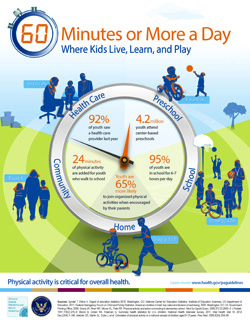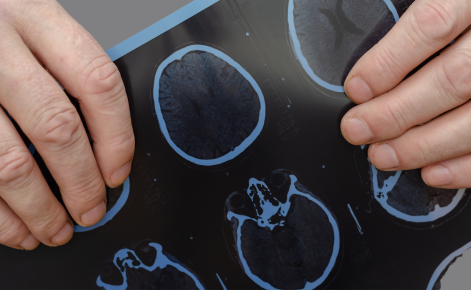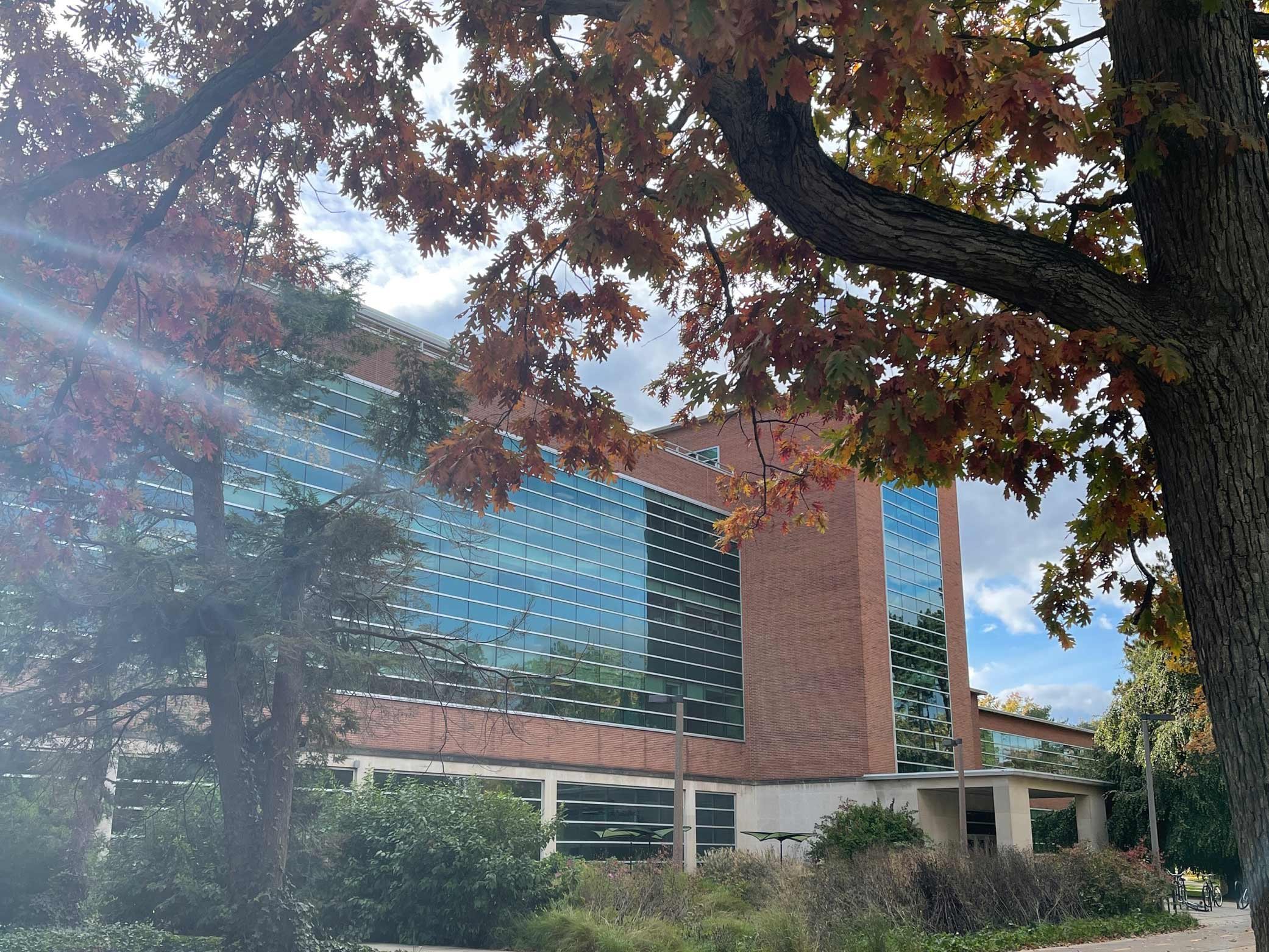 A federal panel that includes a Michigan State University fitness expert today released a new report with recommendations to get American children active and healthy.
A federal panel that includes a Michigan State University fitness expert today released a new report with recommendations to get American children active and healthy.
Karin Pfeiffer, MSU associate professor of kinesiology, helped craft the recommendations as a member of the Science Board of the President’s Council on Fitness, Sports and Nutrition. Prepared by a subcommittee of the council at the request of the U.S. Department of Health and Human Services, the report is a five-year follow-up to physical activity guidelines established in 2008.
The report outlines evidence-based recommendations for focusing more efforts on five key settings: schools, preschools and childcare centers, community, family and home and primary care locations.
“Many people are aware of the myriad benefits of youth physical activity, but fewer are familiar with strategies to implement physical activity programming,” said Pfeiffer, who also has a blog post about the report on the President’s Council website. “This report will be useful for anyone interested in helping youth become more physically active, from parents to policymakers.”
The recommendations arrive as physical activity continues to decline among American youth, putting them at greater risk for several chronic diseases. A 2011 government survey found that only 29 percent of high school students got the recommended 60 minutes of daily physical activity in the preceding week, while 14 percent didn’t participate in any type of physical activity.
Among the report’s key findings:
- Schools, preschools and childcare centers provide key opportunities for increased physical activity through physical education, recess, walking or biking to school and other activities.
- The built environment – including urban design, land use and transportation – is an important consideration because it can either encourage or impede physical activity.
- Several research gaps must be addressed to better understand what interventions have the greatest potential impact in increasing physical activity among youths.
The report was released as part of the Partnership for a Healthier America summit this week in Washington, D.C. It’s available online at http://www.health.gov/paguidelines/.




